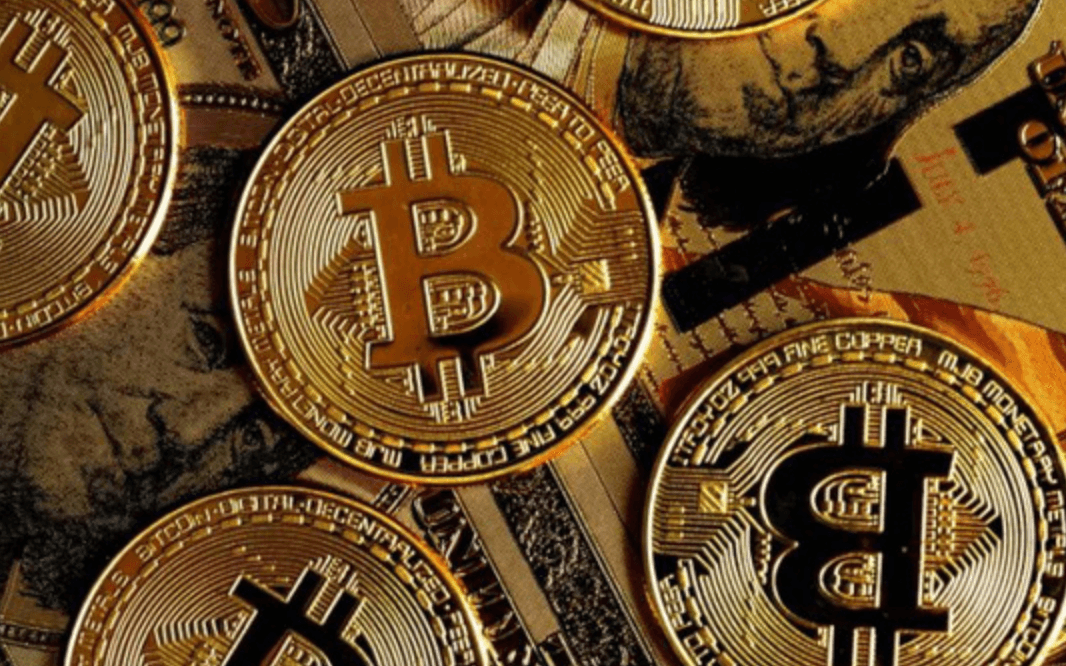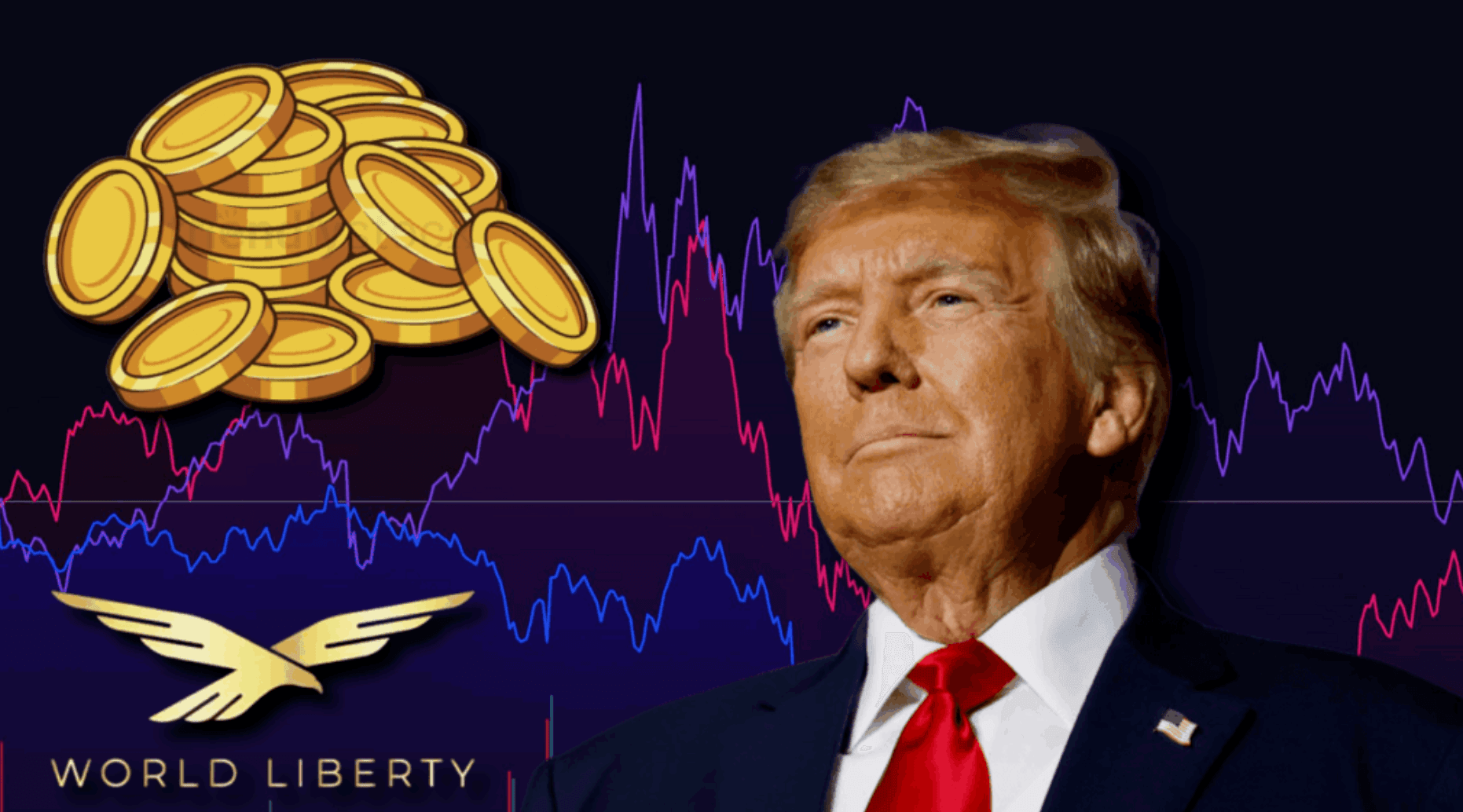US Stablecoin Rules: The $4 Trillion Crypto Shift and What It Means for Southeast Asian Investors

Picture this: On July 18, 2025, the entire crypto market just hit $4 trillion—that's roughly the GDP of Germany—while Congress actually agreed on landmark stablecoin regulation for the first time. If you're sipping kopi in Singapore or pho in Hanoi wondering whether this Wall Street digital dollar revolution affects your portfolio, the short answer is: absolutely.
What Just Happened? The Digital Dollar Gets Official
Last week, the U.S. House passed the GENIUS Act, marking the first time Congress has given stablecoins—those crypto tokens pegged to the dollar—proper federal oversight. Think of stablecoins as the boring cousin at the crypto family reunion: they're supposed to stay steady at $1 while their volatile relatives like Bitcoin swing wildly.
The timing couldn't be more dramatic. As lawmakers were voting, Bitcoin smashed through $123,205 to hit new all-time highs according to CoinGecko data, Ethereum jumped 22% in five days to trade around $3,700, and the total crypto market cap crossed $4 trillion for the first time ever. It's like watching a house party get Congressional approval just as it hits maximum volume.
The new stablecoin regulation does three main things: requires stablecoin issuers to back every digital dollar with actual dollars (revolutionary, right?), mandates monthly audits, and lets traditional banks join the stablecoin game. Basically, it's bringing adult supervision to what was previously the financial equivalent of a teenage house party.
Why This Actually Matters (Beyond the Hype)
Here's where it gets interesting for anyone with money to move around Asia. The U.S. just legitimized what's essentially a "digital dollar" that can zip across borders faster than a hawker can flip roti canai. With the stablecoin market currently valued at $250.3 billion according to recent data, Citigroup analysts predict this market could balloon to $3.7 trillion by 2030—that's roughly 14 times Singapore's entire GDP.
The ripple effects are already starting. Bitcoin ETFs pulled in $5.5 billion in July alone, while Ethereum ETFs attracted $2.9 billion, according to Bloomberg reports. Bitcoin options markets are seeing massive bets on $130,000 strikes. When institutional money flows this hard into crypto, it's usually because they see regulatory clarity ahead, not behind.
But here's the macro play: the U.S. just handed the dollar another tool for global dominance. While China pushes its digital yuan and Europe fidgets with the digital euro, America just made it easier for anyone, anywhere, to hold and transact in digital dollars. Consider that stablecoins already facilitated $27.6 trillion in transfer volume in 2024—more than Visa and Mastercard combined. That's geopolitically massive.
Just one step to unlock the rest of this article
Sign in to read the full article and access exclusive content
✨ Completely free • No credit card required




